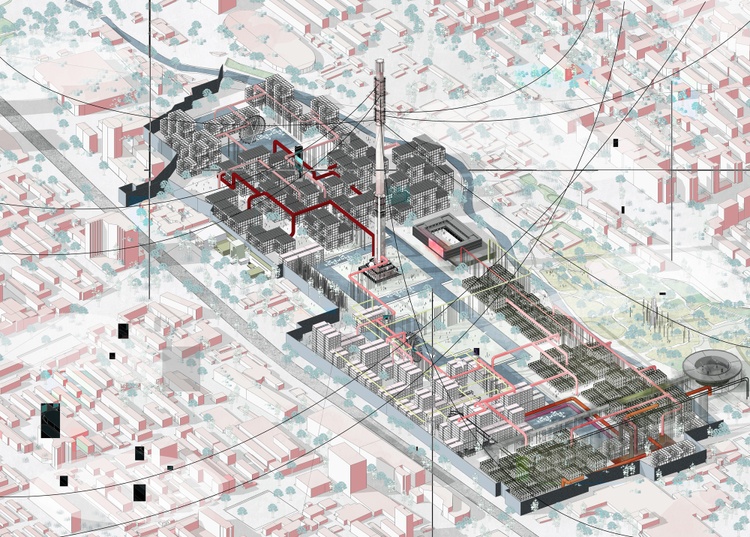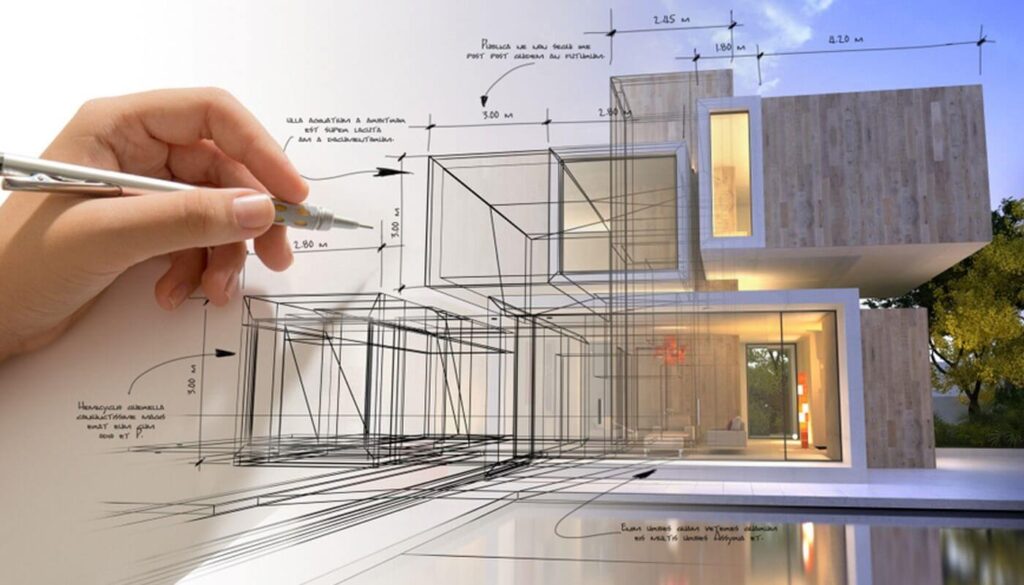Discover Prize-winning Projects by Prominent CDA Architects
Discover Prize-winning Projects by Prominent CDA Architects
Blog Article
The Effect of Technical Innovations on the Style Practices of Contemporary Architects
The fast advancement of technical devices has significantly reshaped the design landscape for modern designers, cultivating unmatched degrees of development and sustainability. The assimilation of Building Info Modeling (BIM), parametric layout, and expert system has not only streamlined cooperation among diverse teams but additionally redefined task implementation. As designers welcome these developments, they are faced with complicated challenges that can influence their innovative processes. Discovering these dynamics discloses a nuanced interplay between modern technology and typical design methodologies, motivating a better evaluation of what the future holds for building methods.
Evolution of Architectural Devices
Exactly how have building devices transformed the design and building procedures over the centuries? The development of architectural tools has actually dramatically affected the efficiency, accuracy, and imagination of style and construction.
With the development of the Renaissance, the introduction of the compass and the protractor marked a critical shift. These devices enabled architects to achieve greater precision in their styles, facilitating the emergence of more intricate and proportionate buildings. The Industrial Revolution additionally reinvented building technique with the intro of mechanical tools and materials, permitting for bigger and a lot more ambitious jobs.
In the 20th century, the growth of computer-aided design (CAD) software changed the landscape when again, offering engineers with unmatched capabilities in modeling and visualization. Today, progressed devices such as Structure Information Modeling (BIM) and parametric style software remain to press the boundaries of architectural development, enabling a more incorporated strategy to layout and construction procedures.
Enhanced Collaboration in Design
As modern technology continues to develop, enhanced partnership in layout has ended up being a foundation of modern building practice. The assimilation of digital devices such as Structure Info Modeling (BIM), cloud-based systems, and advanced visualization software has transformed the way designers, designers, and stakeholders communicate throughout the layout procedure. These tools promote real-time communication, permitting groups to share ideas, adjustments, and feedback promptly, no matter of geographical place.

Furthermore, interdisciplinary collaboration has been structured via these technological improvements, making it possible for designers to function more very closely with other professionals, such as urban coordinators and ecological specialists. The outcome is a much more natural strategy to create that thinks about different perspectives and proficiency. Eventually, improved collaboration in design is not simply a fad; it is important for creating cutting-edge, functional, and aesthetically pleasing architecture in an increasingly complex globe.
Sustainability Through Technology
Sustainability in design has actually progressively ended up being intertwined with technical innovation, driving the industry towards environmentally liable methods - cda architects. Contemporary designers are leveraging innovative modern technologies to minimize environmental impact while improving the efficiency of buildings. One prominent example is the use of Structure Info Modeling (BIM), which permits exact preparation and source allocation, lowering waste during construction and advertising energy efficiency throughout a structure's lifecycle
In addition, clever materials and energy-efficient systems are being incorporated into designs to enhance resource use. Technologies such as solar cells and environment-friendly roof harness eco-friendly power sources, adding to minimized carbon footprints. Additionally, the application of man-made knowledge in design procedures enables designers to imitate and evaluate energy intake, directing choices toward more sustainable end results.
The assimilation of lasting technologies not only lines up with global environmental goals however likewise satisfies look at here now an enhancing need from consumers for environmentally friendly remedies. As engineers accept these innovations, the emphasis changes in the direction of creating areas that are not just cosmetically pleasing yet also functionally lasting, therefore redefining the requirements of modern architecture. By doing this, modern technology acts as a driver for sustainability, enabling engineers to create buildings that respect and boost the natural surroundings.
Obstacles in Application
While technical improvements in style hold wonderful assurance for improving sustainability, their execution typically runs into substantial obstacles - cda architects. One primary challenge is the high understanding curve connected with brand-new innovations. Engineers and construction experts may need substantial training to efficiently make use of advanced software application and tools, which can postpone job timelines and increase costs
Furthermore, the assimilation of emerging modern technologies, such as Structure Info Modeling (BIM) and lasting materials, typically demands collaboration across multidisciplinary teams. This collaboration can be impeded by distinctions in experience, process, and communication styles, leading to possible disputes and ineffectiveness.
Financial restraints further complicate the fostering of innovative technologies. Lots of architectural companies, particularly smaller ones, may lack the sources to invest in advanced tools, restricting their ability to take on bigger companies that can pay for such financial investments.
Additionally, governing frameworks and structure codes might not equal technical innovations, creating ambiguity and prospective compliance problems. This obstacle can discourage engineers from fully embracing new technologies, as the threat of non-compliance may surpass the advantages. Attending to these application challenges is critical for the successful integration of technical innovations in contemporary architectural techniques.
Future Trends in Style
The difficulties related to the execution of brand-new modern technologies in design have actually motivated a reevaluation of future fads within the market. As architects browse concerns such as click over here sustainability, urbanization, and social equity, they are increasingly taking on cutting-edge technologies to enhance design efficiency and ecological performance.
One popular trend is the integration of artificial knowledge (AI) in the layout procedure. AI tools can evaluate substantial datasets to inform style decisions, enhancing both creativity and performance. Similarly, Structure Information Modeling (BIM) remains to advance, have a peek here making it possible for real-time cooperation amongst stakeholders and promoting streamlined job monitoring.
Lasting style practices are likewise gaining energy, with architects concentrating on adaptive reuse and regenerative layout concepts that lessen resource usage and waste. The consolidation of clever materials and renewable resource sources will certainly better improve the resilience of structures in the face of climate modification.

Verdict
Technological advancements have considerably improved building layout methods, helping with enhanced accuracy, collaboration, and sustainability. The combination of devices such as Structure Information Modeling and parametric design software application, along with fabricated intelligence and wise products, equips engineers to deal with complicated obstacles a lot more efficiently.
Report this page